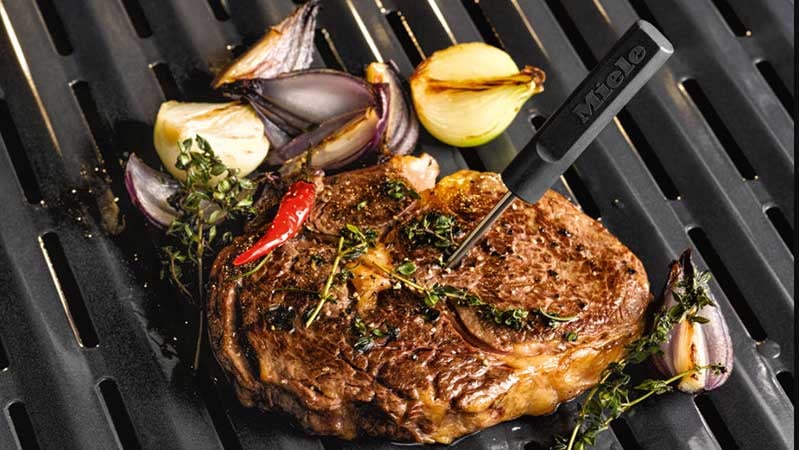Where to Put the Meat Thermometer in a Brisket: Tips for Perfect BBQ
Written By James Morgan
The question where to put the meat thermometer in a brisket is one that every barbecue enthusiast asks at some point. Achieving that perfectly cooked brisket involves precision, patience, and a proper understanding of where and how to measure the meat's internal temperature. From ensuring your brisket is juicy and tender to knowing when it has reached the ideal level of doneness, placing the meat thermometer accurately is crucial.

Why the Right Placement of the Meat Thermometer Matters
Using a meat thermometer is essential to monitor the internal temperature of your brisket. This helps prevent overcooking or undercooking, ensuring the meat is safe to eat and deliciously tender. But where exactly should you insert the thermometer to get an accurate reading?
The Ideal Spot for Thermometer Placement
The key is to place the meat thermometer in the thickest part of the brisket, while avoiding any bones and fat. Insert it into the middle of the point cut, which is the thicker end of the brisket. This placement ensures you measure the temperature of the meat itself, not the surrounding fat or bone.

Step-by-Step Guide to Measuring Temperature
- Prepare your brisket: Before inserting the thermometer, ensure your brisket is at room temperature and season it as desired.
- Insert the thermometer: Push the thermometer into the thickest part of the brisket, avoiding any bones or fatty areas.
- Monitor the temperature: Keep an eye on the thermometer as your brisket cooks to ensure it reaches the desired internal temperature.
- Check for accuracy: Ensure your thermometer is working correctly. Learn more about checking thermometers.

Common Mistakes and How to Avoid Them
Using a meat thermometer is an excellent way to ensure your brisket is cooked perfectly. However, there are common mistakes people make. For example, inserting the thermometer too shallow can result in inaccurate readings. Make sure it's in the middle of the meat, not too close to the surface.
Tips for Consistent Results
Consistency is key in cooking brisket. Invest in a reliable meat thermometer, follow the proper techniques, and remember to rest your meat after cooking to redistribute the juices. For more tips on using and maintaining your thermometer, check out this guide.
Why Resting Your Brisket is Important
After cooking, let your brisket rest for at least 30 minutes. This allows the juices to redistribute throughout the meat, enhancing flavor and tenderness.
FAQs
How do I know when my brisket is done?
Your brisket is done when it reaches an internal temperature of around 195-205F, depending on your preference for tenderness.
Can I use a digital thermometer?
Yes, a digital thermometer can provide quick and accurate readings, ensuring your brisket is cooked to perfection.
Is it necessary to calibrate my thermometer?
Regular calibration ensures your thermometer provides accurate readings. For more on this, see this article on calibration.
For further reading on how to use and maintain meat thermometers, visit Laura Fuentes' guide.
As an Amazon Associate, I earn from qualifying purchases.



